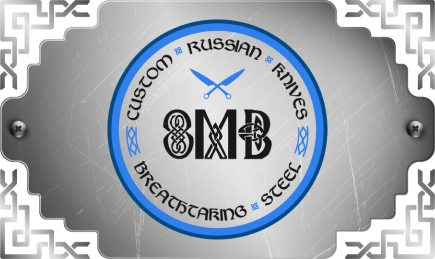It appears that your cart is currently empty

CONTACT Alex
Our blades
Most blades of the knifes we sell, with exceptions are designed as follows. On all our products, we try to make high razor (concave) descents and fine reduction to sharpening. By increasing the descents, we thereby reduce the sharpening angle, which provides an excellent cut of the knife. Razor descents and fine flattening also provide easy blade sharpening. With razor blades (also called a concave lens), the blade thickness is almost the same both at the edge and at a distance of 5 mm from the edge. Therefore, even after several years of using the knife, the blade will remain at the edge as thin as initially. And a thin cutting edge is always easy to correct even in field conditions, having a diamond, carbide, ceramic bar or Musat with you.
On many of the knives we sell the shanks of the blades go through the inside of the handles, which provides structural strength. This installation is called "through handle".
On many of the knives we sell, with some exceptions, we carry out the same deep blade fit. This means that in the knife guard we mill a groove with a depth of about 3 mm and deepen the entire width of the blade into the handle, and not just its shank. In this case, the weakest point of the interface between the blade and the handle (dangerous section) becomes the strongest. For an uninitiated person, this detail is hardly noticeable, but it is very important, since the knife becomes several times stronger and is able to withstand extreme loads.
Thanks to competent heat treatment, the knife blades are very durable, although they have a high hardness of 58-65 HRC. Some of our knives will have a company logo placed on the blade through the method of minting to protect against counterfeiting. For those who are not familiar with the manufacturing process of a knife, we explain that the stamp is minted on the blade when quenched in a red-hot state. This confirms the fact that this blade was heat-treated precisely in this company under close supervision, in compliance with all modes of hardening technology. We measure the hardness of our blades on Rockwell. Those who harden blades “on the side” cannot always guarantee the required hardness.
Making a knife yourself means spending time meaningfully and becoming the owner of the only truly unique item in the world. However, not only the pursuit of exclusiveness motivates those who make knives on their own. A “custom knife” is an ideal friend, as sharp, flexible, durable and reliable as you need.
And we will help you choose a blade for your next knife.
